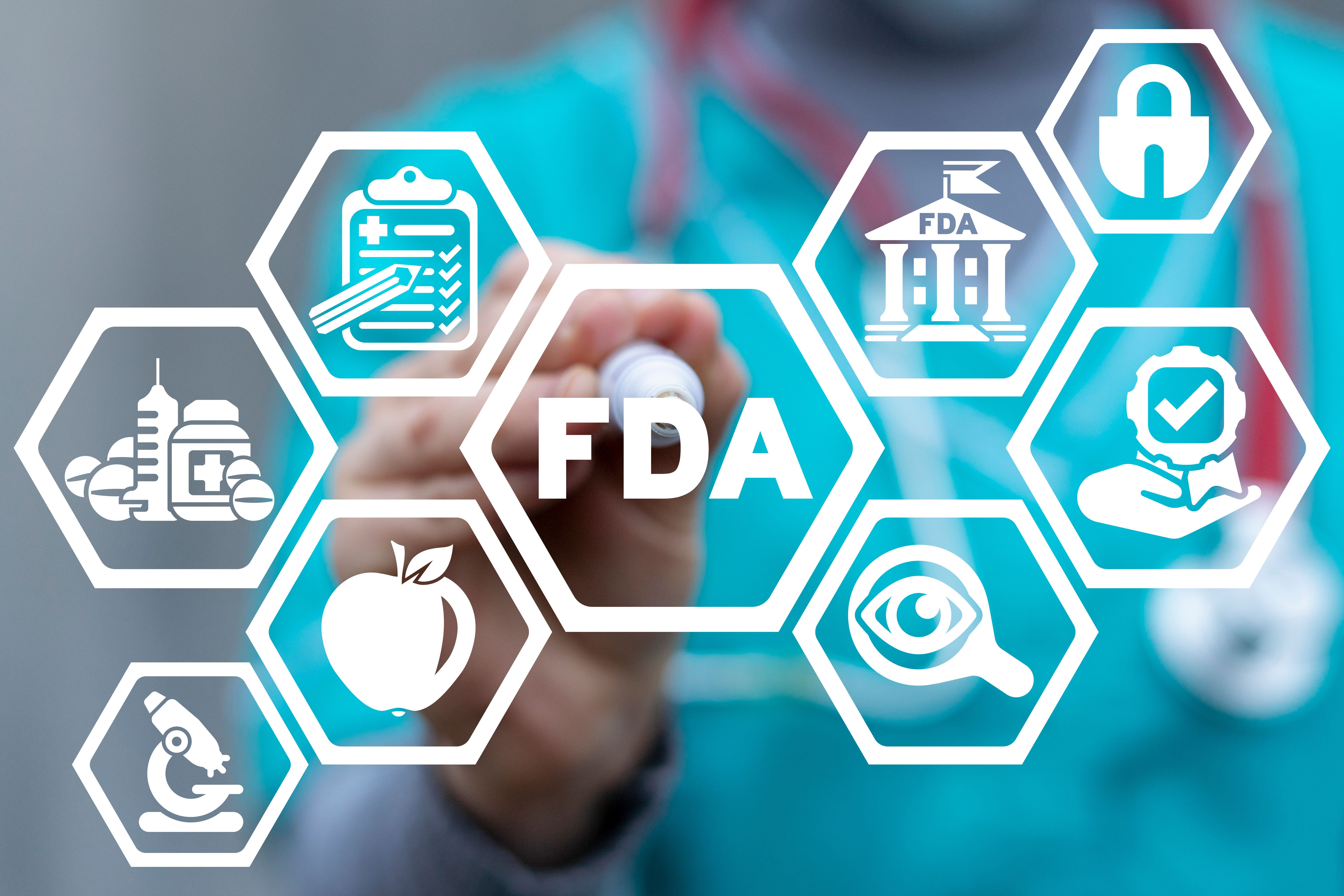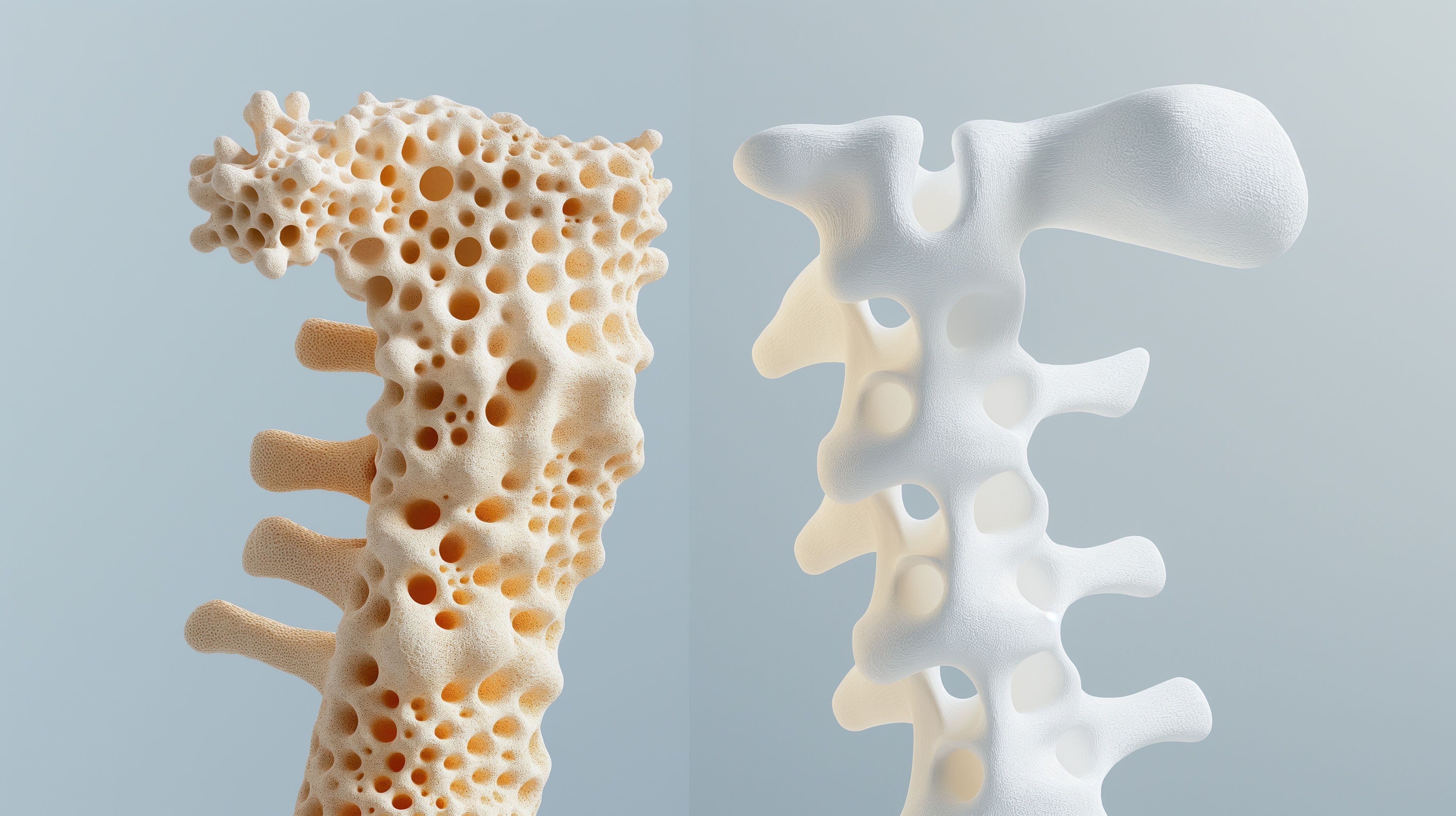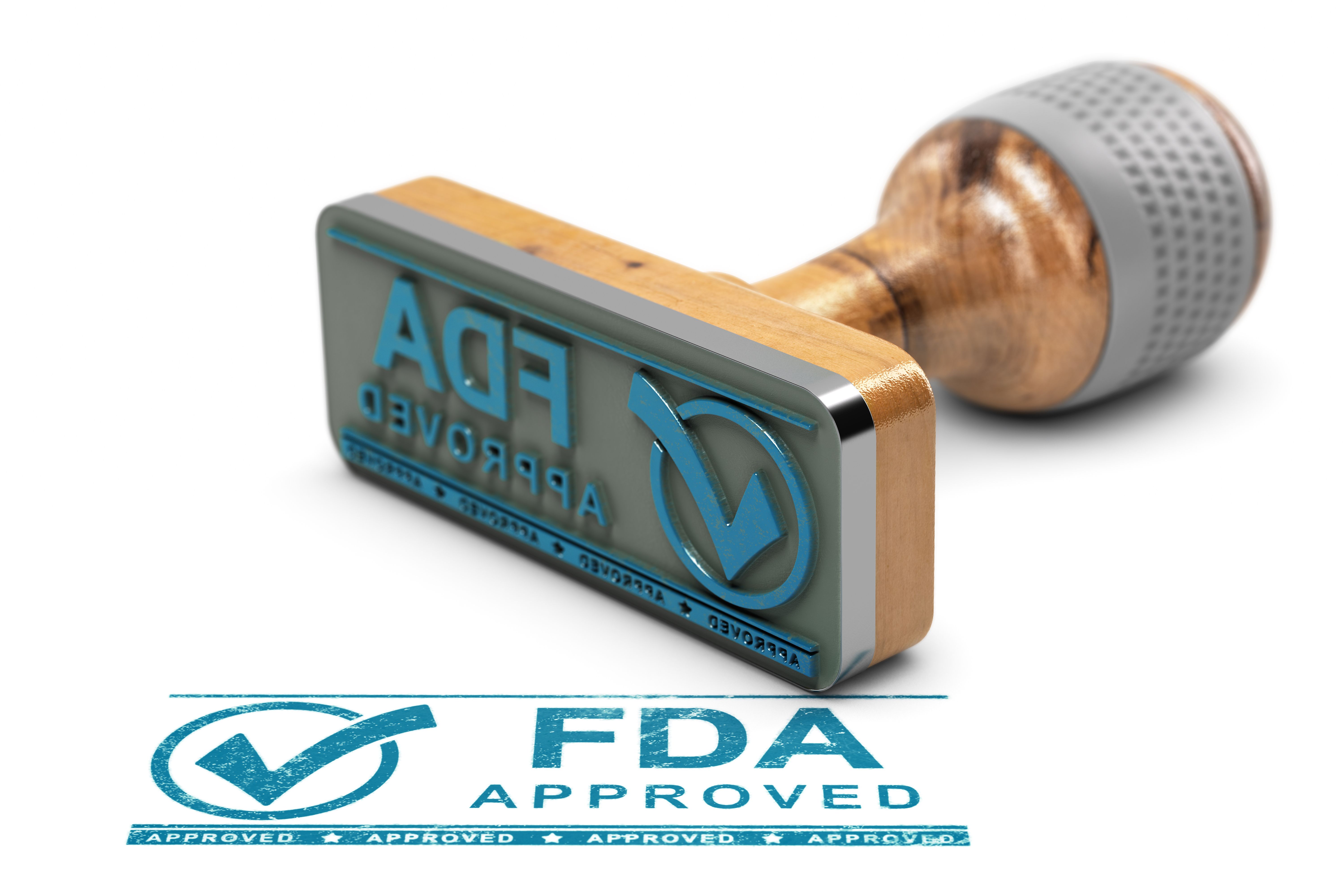Article
Transition of Insulin, Other Biological Drugs Under New Pathway Begins
Author(s):
The FDA called it “a historic day” as insulin and certain other biologic drugs transitioned to a different regulatory pathway.
The 10-year transition built into the Biologics Price Competition and Innovation Act (BPCIA) of 2009 took place Monday, as insulin and certain other biologic drugs transitioned to a different regulatory pathway.
The FDA called Monday “a historic day.”
The regulatory transition was mandated by Congress and implemented by the FDA. Insulin and certain other drugs were originally classified as small-molecule drugs and were previously regulated under the Food, Drug, and Cosmetic (FDC) Act.
Now, an application for a biological product previously approved under section 505 of the FDC Act will be deemed to be a license for the biological product under section 351 of the Public Health Service (PHS) Act.
Last month, the FDA issued a final rule on the definition of the term “biological product.” The FDA said it was no longer necessary to include the interpretation of the term “chemically synthesized polypeptide” as first proposed in December 2018.
Nearly 100 drugs are affected by the transition. Besides insulin, other biological products included in the change are human growth hormone (somatropin), pancrelipase, chorionic gonadotropin, follitropin alfa, and menotropins.
The previous pathway was more difficult for the development of generic versions of these drugs due to scientific challenges and limitations on the scope of reliable data in a generic drug application.
The FDA is hoping that more competition will lower prices. An analysis conducted by the FDA revealed that US marketed biosimilars typically launched with 15% to 35% lower initial list prices than comparative list prices of reference products. Additionally, even with only 1 generic on the market, list prices can drop by 31% to 39%.




